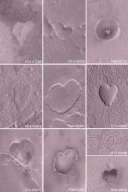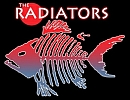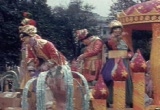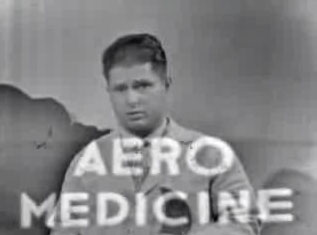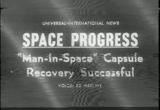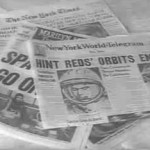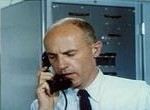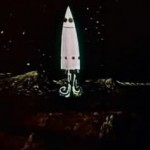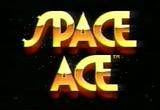Internet Archive is working with NASA to make the still images and moving images from the history of the space program available online. Very cool.
http://www.nasaimages.org
Christian Science Monitor mention.
Here is the press release from NASA:
David E. Steitz
Headquarters, Washington July 24, 2008
202-358-1730
david.steitz@nasa.gov
Paul Hickman
Internet Archive
415-462-1509, 415-561-6767
paul@archive.org
RELEASE: 08-173
NASA AND INTERNET ARCHIVE LAUNCH CENTRALIZED RESOURCE FOR IMAGES
WASHINGTON — NASA and Internet Archive, a non-profit digital library based in San Francisco, made available the most comprehensive compilation ever of NASA’s vast collection of photographs, historic film and video Thursday. Located at www.nasaimages.org, the Internet site combines for the first time 21 major NASA imagery collections into a single, searchable online resource. A link to the Web site will appear on the www.nasa.gov home page.
The Web site launch is the first step in a five-year partnership that will add millions of images and thousands of hours of video and audio content, with enhanced search and viewing capabilities, and new user features on a continuing basis. Over time, integration of www.nasaimages.org with www.nasa.gov will become more seamless and comprehensive.
“This partnership with Internet Archive enables NASA to provide the American public with access to its vast collection of imagery from one searchable source, unlocking a new treasure trove of discoveries for students, historians, enthusiasts and researchers,” said NASA Deputy Administrator Shana Dale. “This new resource also will enable the agency to digitize and preserve historical content now not available on the Internet for future generations.”
Through a competitive process, NASA selected Internet Archive to manage the NASA Images Web site under a non-exclusive Space Act agreement, signed in July 2007. The five-year project is at no cost to the taxpayer and the images are free to the public.
“NASA’s media is an incredibly important and valuable national asset. It is a tremendous honor for the Internet Archive to be NASA’s partner in this project,” says Brewster Kahle, founder of Internet Archive. “We are excited to mark this first step in a long-term collaboration to create a rich and growing public resource.”
The content of the Web site covers all the diverse activities of America’s space program, including imagery from the Apollo moon missions, Hubble Space Telescope views of the universe and experimental aircraft past and present. Keyword searching is available with easy-to-use resources for teachers and students.
Internet Archive is developing the NASA Images project using software donated by Luna Imaging Inc. of Los Angeles and with the generous support of the Kahle-Austin Foundation of San Francisco.
For more information about NASA and agency programs, visit: http://www.nasa.gov
For more information about Internet Archive, visit: http://www.archive.org
 rooting around the Archive. I found some very cool stuff but a stop animation that was brought to my attention was so cool I wanted to post it first. It is a twisted story of love and lust. Check it out, just amazing:
rooting around the Archive. I found some very cool stuff but a stop animation that was brought to my attention was so cool I wanted to post it first. It is a twisted story of love and lust. Check it out, just amazing: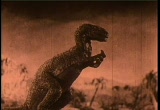
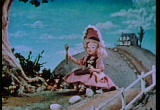 have an early short from him: http://www.archive.org/details/mother_goose_little_miss_muffet
have an early short from him: http://www.archive.org/details/mother_goose_little_miss_muffet